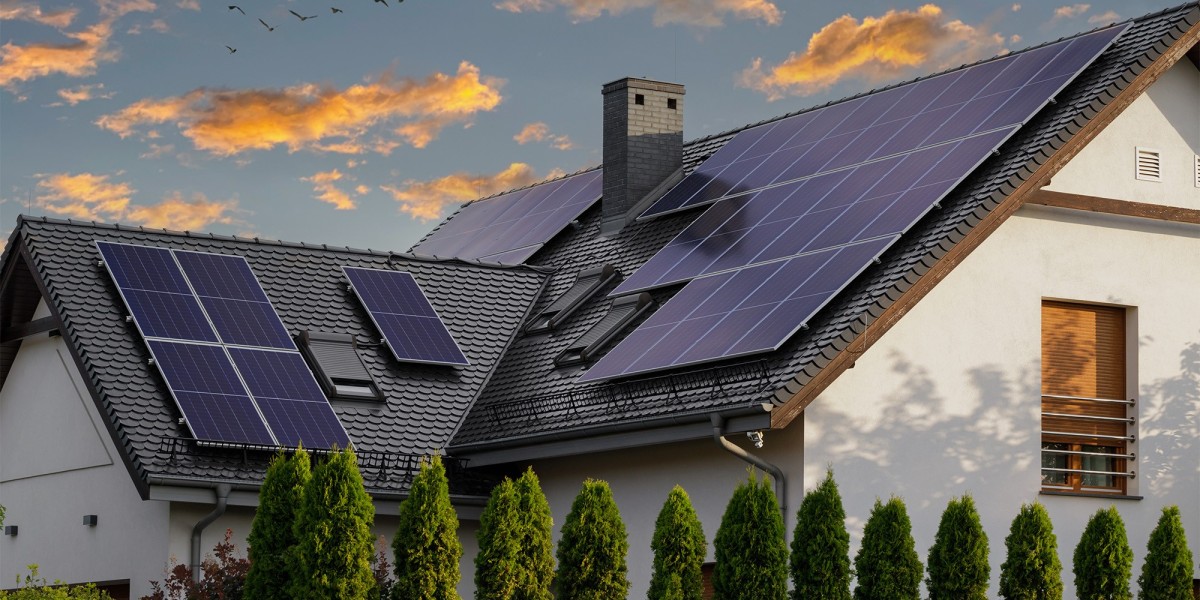Brisbane is one of Australia’s leading cities in solar energy adoption, thanks to abundant sunshine and supportive government policies. However, while solar power is considered a green energy source, it’s essential to examine its full environmental impact. In this deep dive, we’ll explore the benefits and challenges of solar panels from an ecological standpoint.
The Growing Popularity of Solar Panels in Brisbane
With rising energy costs and increasing environmental consciousness, many Brisbane residents are turning to solar energy. Government incentives, such as rebates and feed-in tariffs, have further accelerated this shift, making solar panels more accessible to homeowners and businesses alike.
Positive Environmental Impact of Solar Panels
Reduction in Greenhouse Gas Emissions
Solar energy significantly reduces carbon emissions compared to fossil fuels. A single solar panel system can offset tonnes of CO2 over its lifetime, contributing to Australia’s goal of net-zero emissions by 2050. solar battery for houses store excess energy produced by solar panels for later use, ensuring a continuous power supply.
Renewable and Sustainable Energy Source
Unlike coal and gas, which are finite resources, solar energy is renewable and abundant. Harnessing the sun’s power ensures a long-term, sustainable energy future. Solar batteries store excess energy generated by solar panels during the day, making it available for use at night or during cloudy weather.
Lower Water Usage Compared to Other Energy Sources
Traditional power plants require massive amounts of water for cooling. In contrast, solar panels operate with minimal water use, preserving this vital resource.
Negative Environmental Impact of Solar Panels
Energy Consumption in Manufacturing
The production of solar panels requires energy, often from non-renewable sources. However, advancements in solar technology are reducing the energy payback period.
Use of Hazardous Materials
Certain chemicals, like cadmium and lead, are used in some solar panels. Proper disposal and recycling are crucial to prevent environmental contamination.
Solar Panel Waste Management Issues
Most solar panels last 25-30 years, but disposal remains a challenge. Australia is working on better recycling solutions to manage this growing e-waste problem.
Sustainable Solutions to Minimize Environmental Impact
Advancements in Eco-Friendly Solar Panel Manufacturing
New technologies are focusing on reducing toxic materials and using recyclable components to make solar panels more sustainable.
Recycling and Reuse of Old Solar Panels
Several Australian companies are developing solar panel recycling programs, ensuring valuable materials like silicon and glass are repurposed.
Energy-Efficient Manufacturing Processes
Some manufacturers are adopting renewable energy in their production processes, reducing the overall carbon footprint of solar panel production.
Comparing Solar Panels with Other Energy Sources in Brisbane
Coal vs. Solar Energy Environmental Footprint
Coal power contributes heavily to air pollution and climate change, whereas solar energy offers a clean and renewable alternative.
Wind and Hydropower vs. Solar Energy
While wind and hydro are also renewable, solar energy is more accessible for Brisbane homeowners due to its high solar exposure and ease of installation.
Future of Solar Energy in Brisbane
Technological Innovations in Solar Panels
New materials like perovskite cells are improving solar panel efficiency, making them even more sustainable.
Government Policies and Incentives
Brisbane’s government continues to offer financial support and incentives to promote solar adoption.
Public Awareness and Adoption Trends
As people become more aware of solar benefits, adoption rates are expected to rise further.
Conclusion
Solar panels play a crucial role in reducing Brisbane’s carbon footprint. However, addressing their manufacturing and disposal impacts is essential to ensure a truly sustainable future. Before solar panel installation, a comprehensive site assessment is conducted to determine the optimal placement of solar panels based on roof orientation and shading.
FAQs
Are solar panels in Brisbane completely environmentally friendly?
While solar energy is clean, panel production and disposal have environmental impacts that need attention.
What happens to old solar panels in Australia?
Many are landfilled, but recycling initiatives are increasing.
How can I make my solar panel usage more sustainable?
Choose high-efficiency panels and recycle them properly at the end of their life.
What are the alternatives to traditional solar panels?
Emerging options include perovskite solar cells and solar tiles.
Will recycling solar panels become more accessible in the future?
Yes, as government policies and technology improve, solar recycling will become more efficient and widespread.








